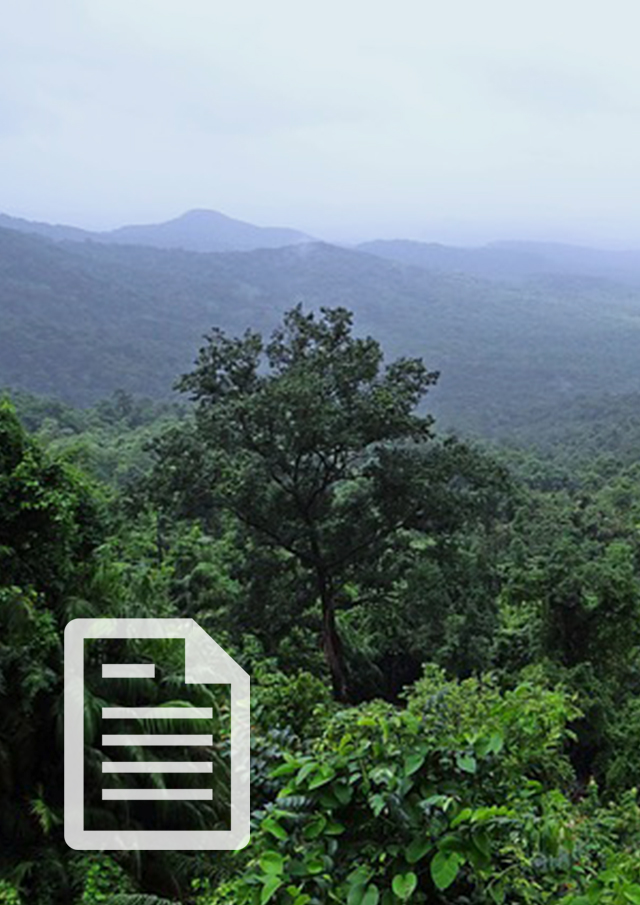Malaysia: NGO concerns on legal timber definition, November 2007

Publié:
janvier 25, 2016
Pays:
Malaisie
Sujets:
Droits Communautaires, FLEGT
Type de document:
- Autre -
Document ID:
3708
Nombre de vues:
1529
Envoyer ce document par email
Malaysia: NGO concerns on legal timber definition, November 2007
Regarding definition of legal timber, concerns of Social NGOs expressed during the 3rd multi-stakeholder consultation, November 2007 including:
- Public participation in the Environmental Impact Assessment (EIA) Process in light of the statement made to the media recently by the Controller of Sarawak Natural Resource and Environment Board that the Natural Resources and Environment Ordinance did not require mandatory public participation in the EIA process in Sarawak unless it was wanted by a project proponent ;
- Provide opportunity for NGOs and other interested stakeholders to participate in the drafting of related documents;
- Coverage of legality definition should go beyond existing legislation and must take cognizance of all traditional native (adat) and all the related international laws, conventions and treaties;
- Native community should be given assistance for capacity building to understand issues and legislation related to NCR;
- Information on forestry matters, across the three regions including timber concession details should be made available to public and that transparency on such matters must be upheld;
- Need to clarify legislation covering legal foreign workers;
- Need to clarify whether mill workers are also protected by the document which further argues on the need to include workers’ rights, safety and health as a principle in order to cover as many workers possible from all sectors within the timber and wood industry
- The need for the process to enable itself to respond to and address flaws and weaknesses in existing laws and processes related to timber licensing and harvesting;
- The argument that Industrial Tree Plantation (ITP) should be excluded from certain parts of the process on the basis that they yet have to begin harvesting is not a reasonable and logical position;
- Definition of legality as defined under the VPA includes a proviso that timber harvested from indigenous communities’ customary land is considered illegal; and that claims to Pemakai Menoa (Communally-Claimed Forests) as NCR land and all court judgements and decisions on the stature and nature of indigenous peoples’ land rights be respected;
- The structure of the multi-stakeholder process is still in great need to be reviewed and strengthened as to ensure that more comprehensive inputs can be received and processed in a more systematic way. This remains a great concern to civil society attending the meeting;
- Clarification on the legality status of timber produced from a licensed area where Environmental Impact Assessment (EIA) is not required (areas less than 500 ha); and clarification on how to address areas less than 500 ha which do not require EIA;
- The need to include specific legislation on the management and protection of rivers and water catchment areas in Environmental Management criterion/principle;
- The question of the extent of authority given to local communities to participate in the process of determining their traditional territories must be clarified;
- Further clarifications are also needed on responses from this process on legislation that may prohibit local communities from building evidence of their land rights claims through exercises such as community mapping.
